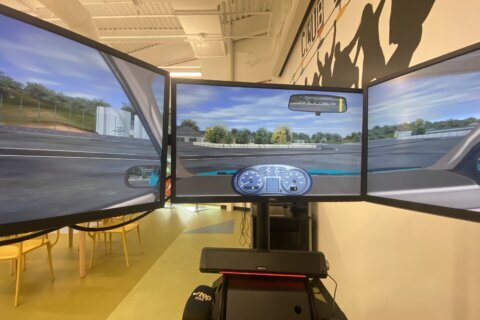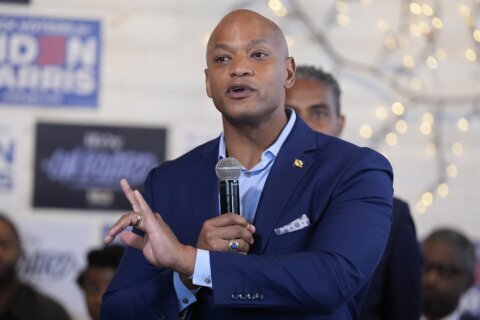Maryland state education officials are trying to determine the best ways for school districts to help students who may have fallen behind during online learning.
In the midst of the COVID-19 pandemic, the pivot to online learning last spring has forced some students to try to catch up.
“Although some students have responded positively to virtual instruction, for many students and parents, this has been a struggle,” said Maryland Deputy Superintendent Carol Williamson.
Williamson said that while there is not data to show how far some students may be behind, some research shows once back in classrooms, they may need to catch up on three months to a year of lost learning.
Students of color may be impacted the most, because she said they’re more likely to continue with online learning and are less likely to have the devices or internet access as well as the live contact with teachers they need to succeed.
During a virtual meeting of the Maryland State Board of Education on Monday, Williamson said as state school systems continue to decide and in some cases debate when students and teachers should return to the classroom, work is underway to develop evidence-based guidance to school districts on the best ways to help struggling students get to where they need to be.
“In order to get students to the level that they should have been if there had been no disruption to their learning, we will need to improve on opportunities to accelerate their learning,” Williamson said.
Some of the options being considered to overcome what the state is calling “disrupted learning” are ideas being floated or used in other states. Summer programs, a longer school year or even year-round schooling are options under consideration.
Williamson also brought up the concept of establishing of “Acceleration Academies,” which some states are introducing. It’s a group learning format for no more than 12 select students and is led by teachers outside normal school hours.
The program would involve 25 hours of focused learning on single subjects, like math or reading. The academies, Williamson said, have shown to help students recoup three months of lost learning in about one week.
“I think it’s really important to consider that, because when we have breaks and we can provide these kinds of opportunities to students, this may be a good use of some of our tutoring dollars that we’ve had made available to us,” Williamson said.
Acceleration academies would cost about $800 per student.
Such a tutoring program resulted in some concerns for board members when it comes to finding teachers willing to take on the extra job of leading them.
“Back in the day it might have been, yeah, teachers would like to have some extra income, a little extra tutoring, but you know, even summer work, teachers are tired,” said Board Member Dr. Joan Mele-McCarthy.
Williamson also said doing real-time formative assessments, instead of gathering information at the end of quarters or semesters, should be done to see where students truly are.
Since initiatives such as these could be costly, Williamson said the state is looking at ways to offer grants to school systems to help them implement programs that help kids catch up. The state would then monitor the programs instituted with the grant money to see if they are working.
Williamson also advocated for sustaining early childhood programs, which he said better prepare kids for school and narrows the achievement gap before students begin pre-K.
In the coming days, on its website, the Board of Education will begin hearing from the public on the ideas and accept others. Then, guidance on the best options will be provided to school systems across the state.
During the meeting, board members also got a look at the impact the pandemic has had on enrollment numbers.
According to data collected for Fall 2020, student enrollment went down overall for the first time after steadily rising since 2011. Enrollment dropped by 26,876 students. The biggest decline, of 6.1%, was seen in white students, followed by Black student enrollment falling by 1.3%.
Also, the highest drops can be isolated to the earlier years of education, with 37% fewer children in kindergarten and pre-K classes statewide.
The state doesn’t have data to show how children not enrolled are being educated, whether it be home schooling or private school instruction.
“Anecdotally, what I hear from the superintendents, what they’re telling us is parents are enrolling in private schools,” said State Superintendent Karen Salmon.








